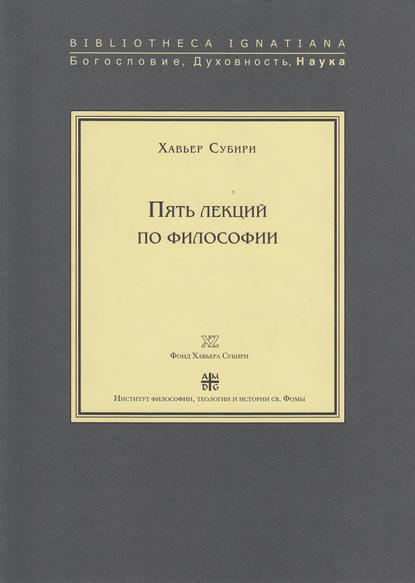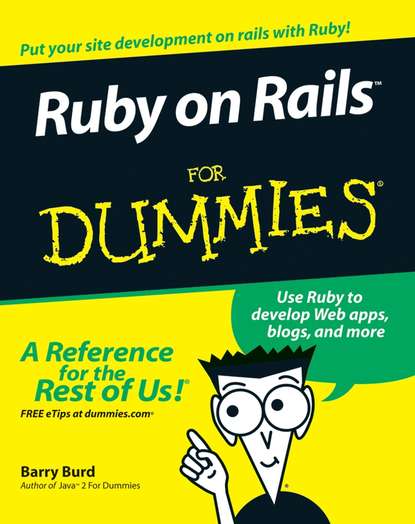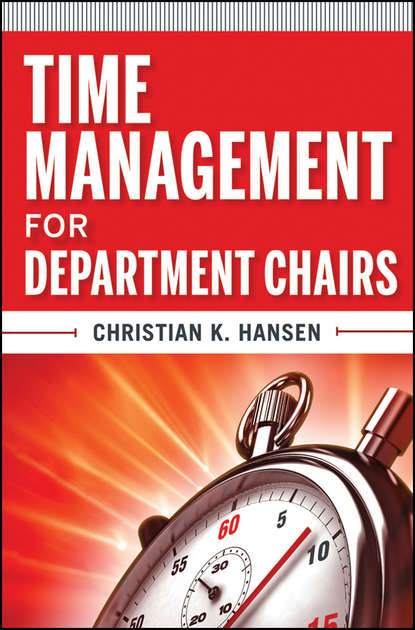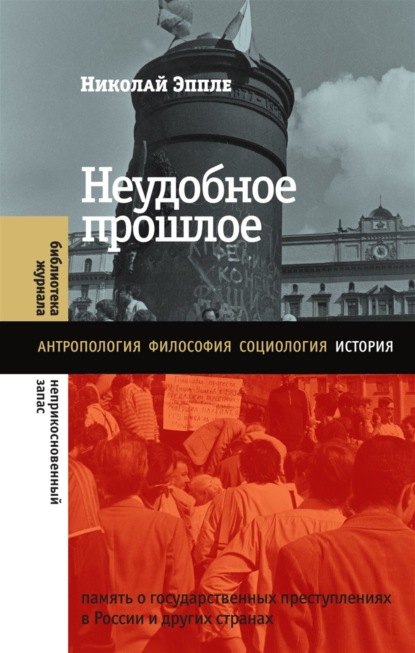Данное исследование рассматривает языковые инструменты, которые позволяют говорящим и писателям предлагать корректировки и перекорректировки предложений, которые они только что произнесли, а также цели, которые они достигают, делая это. Мы изучаем исправления, переформулировки, уточнения, модификации точек зрения и связываем их с дискурсивными стратегиями. (Пе)регулировки могут осуществляться с целью более точного выражения своих мыслей, облегчения понимания путем адаптации к адресату, структурирования своего высказывания, использования возможностей языка (полисемии, однозначности, неоднозначности) и упоминания основных целей, связанных с использованием этих средств. Исследование фокусируется на маркерах, связанных с этими стратегиями, и устанавливает связь между синтаксическим, семантическим и прагматическим уровнями.
This work investigates the language devices that speakers and writers employ to suggest and revise sentences produced, and determines the aims they achieve by doing this. It examines corrections, rephrasing, specification, modification of point of view and links these with discourse strategies. Adjustments can be introduced to improve a statement, improve comprehension through adaptation to the listener, construct an intervention or exploit the potential of the language (its polyseme, homonyms, ambiguities), mentioning the key goals for using those devices. This study focuses on markers associated with these strategies and connects the syntactical, semantic and functional levels.
Электронная Книга «Discourse Readjustment(s) in Contemporary English» написана автором Группа авторов в году.
Минимальный возраст читателя: 0
Язык: Английский
ISBN: 9781119522645
Описание книги от Группа авторов
This study examines the linguistic tools which enable speakers and writers to propose adjustments and re-adjustments of the sentences they’ve just produced, as well as the goals they fulfil by doing so. We examine corrections, reformulations, specifications, modifications of points of views and link them with discursive strategies. (Re)-adjustments can be made in order to express oneself in a better way, to favor comprehension by adapting to the addressee, to structure one’s intervention, to play on the potentialities of language (polysemy, homonymy, ambiguity), to mention the main purposes associated with the use of those devices. The study focuses on the markers associated with those strategies. Therefore, it links the syntactic, semantic and pragmatic levels.



















